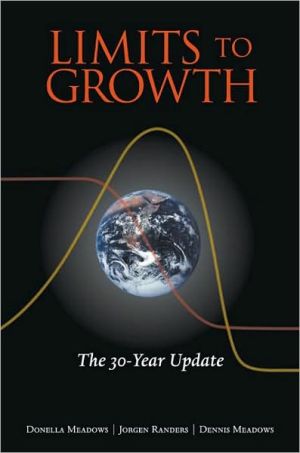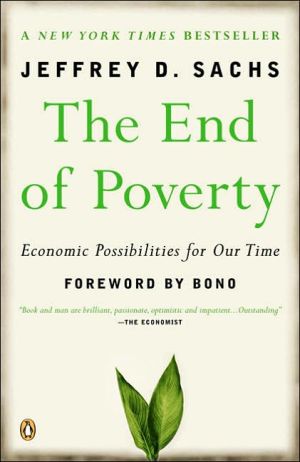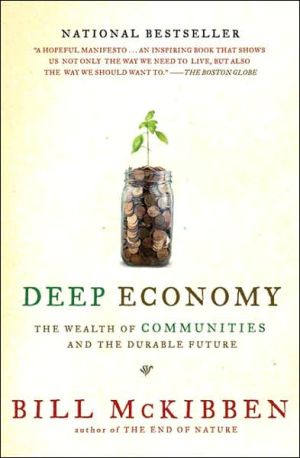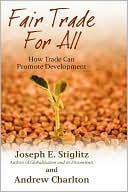The Limits to Growth: The 30-Year Update
In 1972, three scientists from MIT created a computer model that analyzed global resource consumption and production. Their results shocked the world and created stirring conversation about global 'overshoot,' or resource use beyond the carrying capacity of the planet. Now, preeminent environmental scientists Donnella Meadows, Jorgen Randers, and Dennis Meadows have teamed up again to update and expand their original findings in The Limits to Growth: The 30 Year Global Update.\ Meadows,...
Search in google:
Previous editions are cited in Books for College Libraries, 3d ed.. The third edition of a pessimistic environmental classic presents the essential parts of the original analysis—published in 1972 by four MIT scientists using system dynamics theory and computer modeling—and summarizes relevant data and insights of the past three decades. The authors write that their main goal is to restate the 1972 argument in a way that's more understandable and better supported by examples that have emerged since then. They don't claim to predict the future, but instead present 10 scenarios for how the 21st century might evolve given current growth trends, emphasizing that likely damage to air, water, ozone, fisheries, forests, etc. can be reduced by smart policy now. Annotation ©2004 Book News, Inc., Portland, OR Publishers Weekly Updated for the second time since 1992, this book, by a trio of professors and systems analysts, offers a pessimistic view of the natural resources available for the world's population. Using extensive computer models based on population, food production, pollution and other data, the authors demonstrate why the world is in a potentially dangerous "overshoot" situation. Put simply, overshoot means people have been steadily using up more of the Earth's resources without replenishing its supplies. The consequences, according to the authors, may be catastrophic: "We... believe that if a profound correction is not made soon, a crash of some sort is certain. And it will occur within the lifetimes of many who are alive today." After explaining overshoot, the book discusses population and industrial growth, the limits on available resources, pollution, technology and, importantly, ways to avoid overshoot. The authors do an excellent job of summarizing their extensive research with clear writing and helpful charts illustrating trends in food consumption, population increases, grain production, etc., in a serious tome likely to appeal to environmentalists, government employees and public policy experts. (June) Copyright 2004 Reed Business Information.
1Overshoot12The driving force : exponential growth173The limits : sources and sinks514World3 : the dynamics of growth in a finite world1295Back from beyond the limits : the ozone story1816Technology, markets, and overshoot2037Transitions to a sustainable system2358Tools for the transition to sustainability265App. 1Changes from World3 to World3-03285App. 2Indicators of human welfare and ecological footprint289
\ Publishers WeeklyUpdated for the second time since 1992, this book, by a trio of professors and systems analysts, offers a pessimistic view of the natural resources available for the world's population. Using extensive computer models based on population, food production, pollution and other data, the authors demonstrate why the world is in a potentially dangerous "overshoot" situation. Put simply, overshoot means people have been steadily using up more of the Earth's resources without replenishing its supplies. The consequences, according to the authors, may be catastrophic: "We... believe that if a profound correction is not made soon, a crash of some sort is certain. And it will occur within the lifetimes of many who are alive today." After explaining overshoot, the book discusses population and industrial growth, the limits on available resources, pollution, technology and, importantly, ways to avoid overshoot. The authors do an excellent job of summarizing their extensive research with clear writing and helpful charts illustrating trends in food consumption, population increases, grain production, etc., in a serious tome likely to appeal to environmentalists, government employees and public policy experts. (June) Copyright 2004 Reed Business Information.\ \








